Star shaped into a Donut by black hole! Terrifying snap taken by NASA's Hubble Telescope
NASA's Hubble Space Telescope has found a black hole which has twisted a captive star into a terrifying Donut shape. Here is all you need to know.
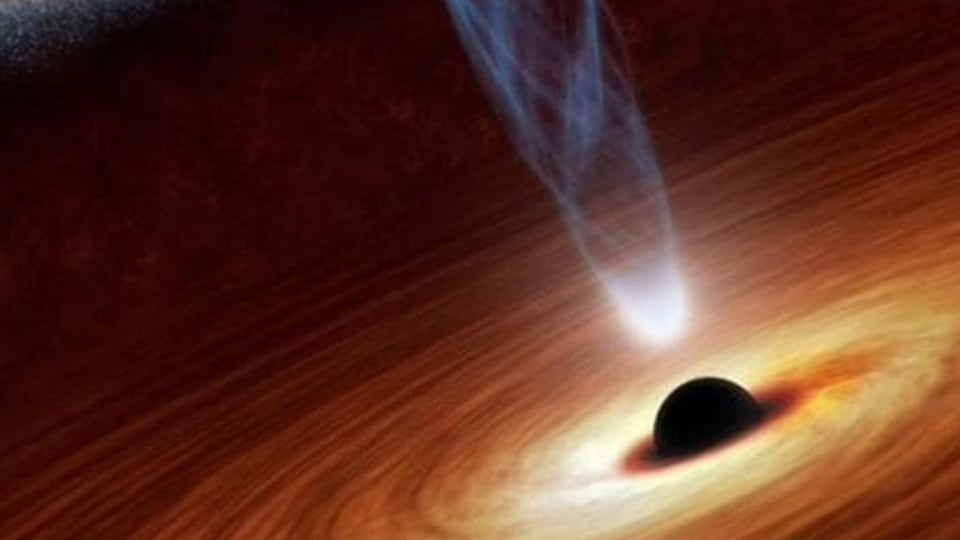

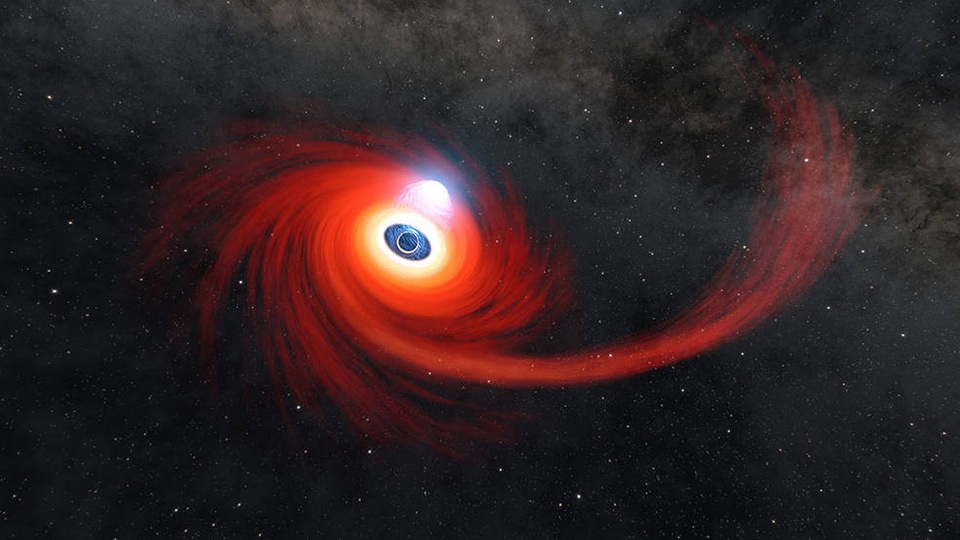
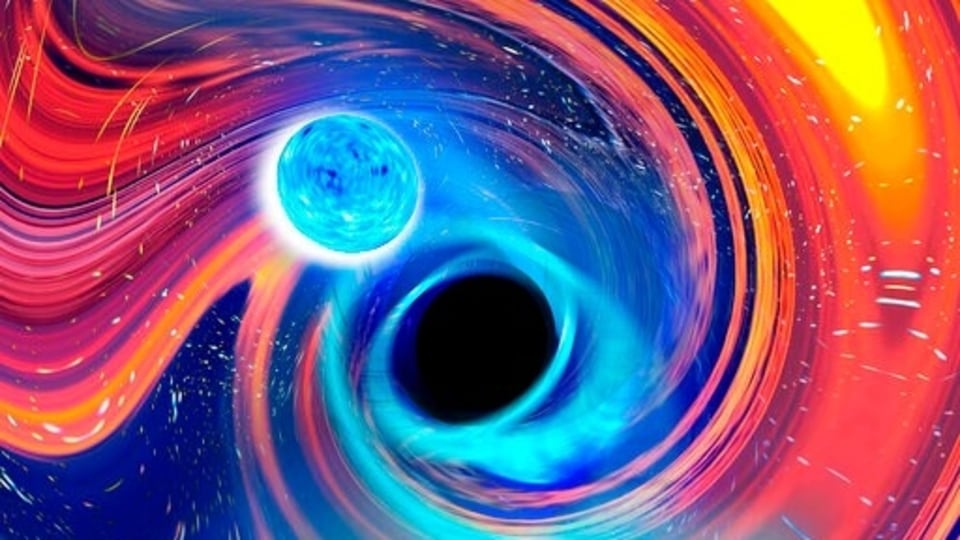
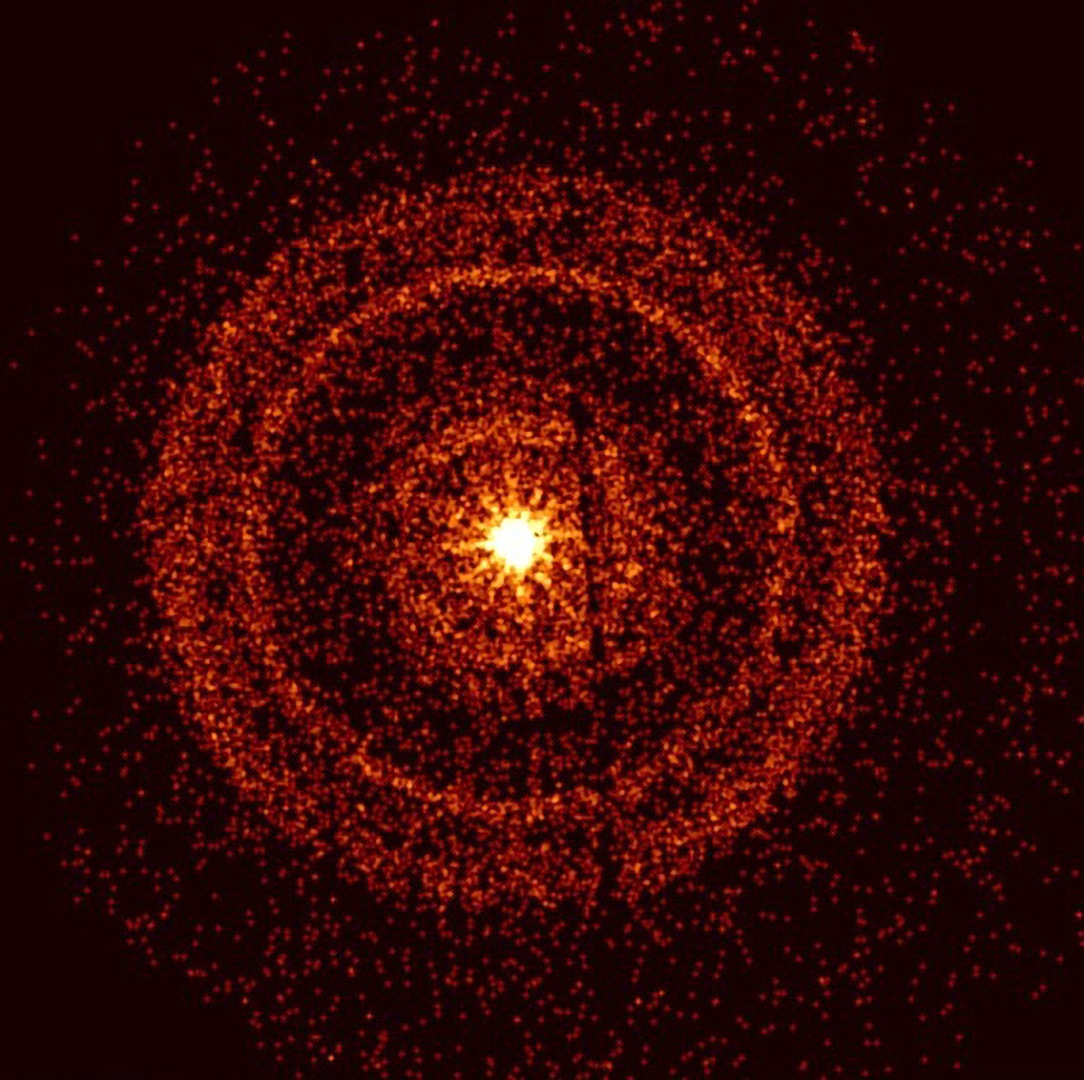
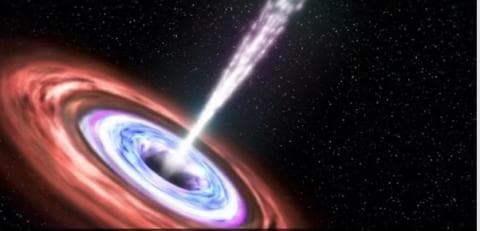
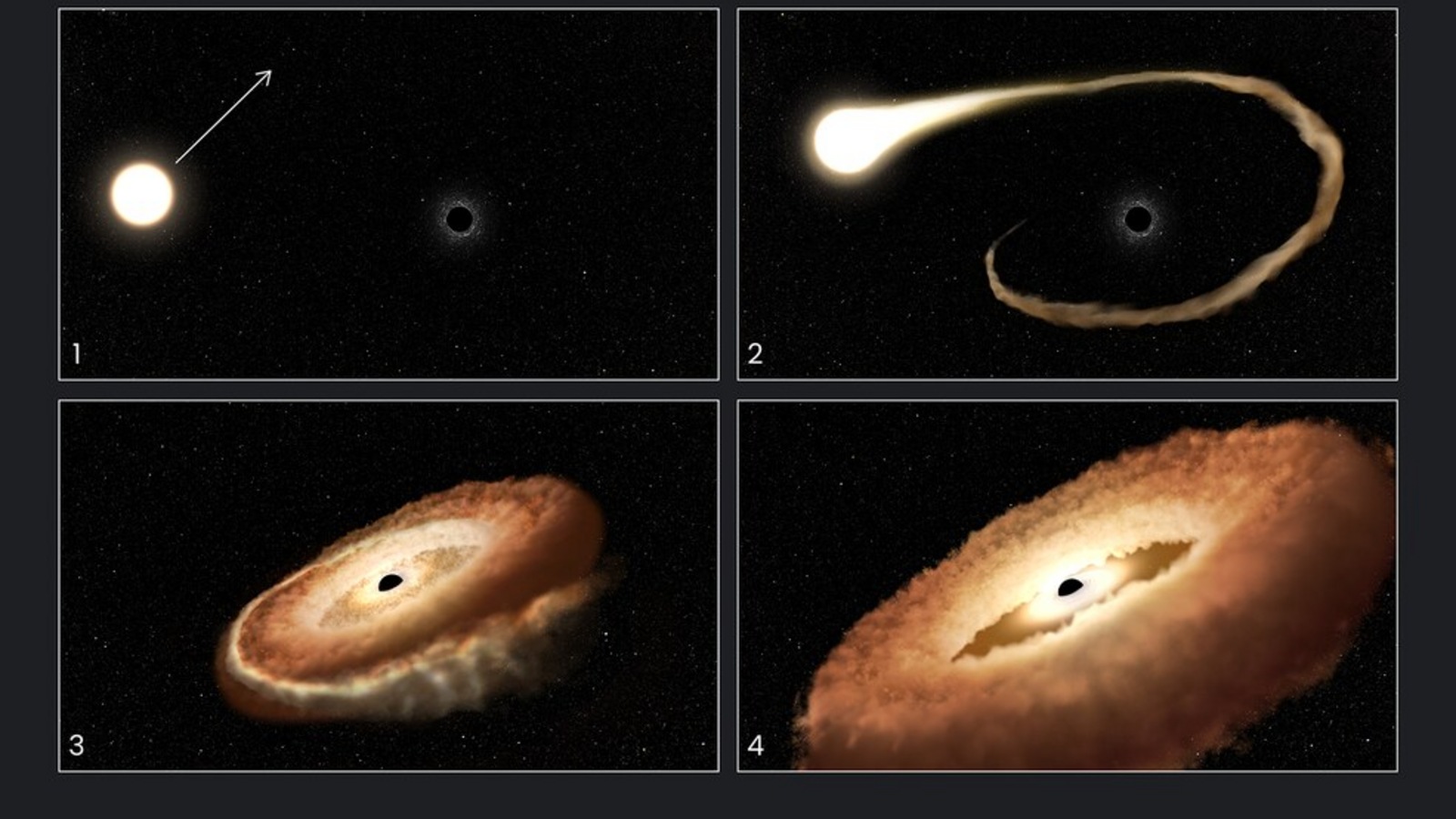
 View all Images
View all ImagesBlack holes swallow everything, even light! According to NASA, a black hole is an astronomical object with a gravitational pull so strong that nothing, not even light, can escape it. It pulls everything within its reach into its bottomless abyss. As per the latest information provided by NASA, the Hubble Space Telescope has found a black hole which twisted a star into a donut shape. "Black holes are gatherers, not hunters. They lie in wait until a hapless star wanders by. When the star gets close enough, the black hole's gravitational grasp violently rips it apart and sloppily devours its gasses while belching out intense radiation. Astronomers using NASA's Hubble Space Telescope have recorded a star's final moments in detail as it gets gobbled up by a black hole," the report said.
These are termed "tidal disruption events." But the wording belies the complex, raw violence of a black hole encounter. There is a balance between the black hole's gravity pulling in star stuff, and radiation blowing material out. In other words, black holes are messy eaters. Astronomers are using Hubble to find out the details of what happens when a wayward star plunges into the gravitational abyss.
"Hubble can't photograph the AT2022dsb tidal event's mayhem up close, since the munched-up star is nearly 300 million light-years away at the core of the galaxy ESO 583-G004. But astronomers used Hubble's powerful ultraviolet sensitivity to study the light from the shredded star, which include hydrogen, carbon, and more. The spectroscopy provides forensic clues to the black hole homicide," NASA informed.
About 100 tidal disruption events around black holes have been detected by astronomers using various telescopes. NASA recently reported that several of its high-energy space observatories spotted another black hole tidal disruption event on March 1, 2021, and it happened in another galaxy. Unlike Hubble observations, data was collected in X-ray light from an extremely hot corona around the black hole that formed after the star was already torn apart.
For any given galaxy with a quiescent supermassive black hole at the center, it's estimated that the stellar shredding happens only a few times in every 100000 years.
This AT2022dsb stellar snacking event was first caught on March 1, 2022 by the All-Sky Automated Survey for Supernovae (ASAS-SN or "Assassin"), a network of ground-based telescopes that surveys the extragalactic sky roughly once a week for violent, variable, and transient events that are shaping our universe. This energetic collision was close enough to Earth and bright enough for the Hubble astronomers to do ultraviolet spectroscopy over a longer than normal period of time.
The Hubble spectroscopic data are interpreted as coming from a very bright, hot, donut-shaped area of gas that was once the star. This area, known as a torus, is the size of the solar system and is swirling around a black hole in the middle.
Catch all the Latest Tech News, Mobile News, Laptop News, Gaming news, Wearables News , How To News, also keep up with us on Whatsapp channel,Twitter, Facebook, Google News, and Instagram. For our latest videos, subscribe to our YouTube channel.





























